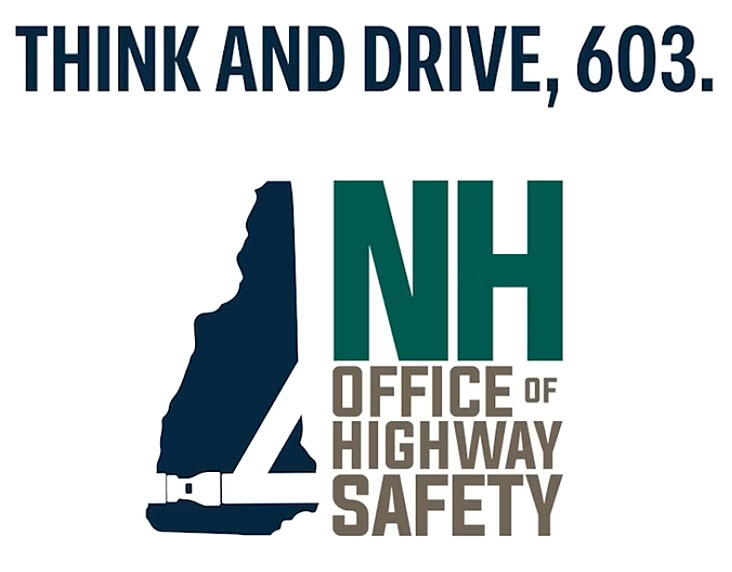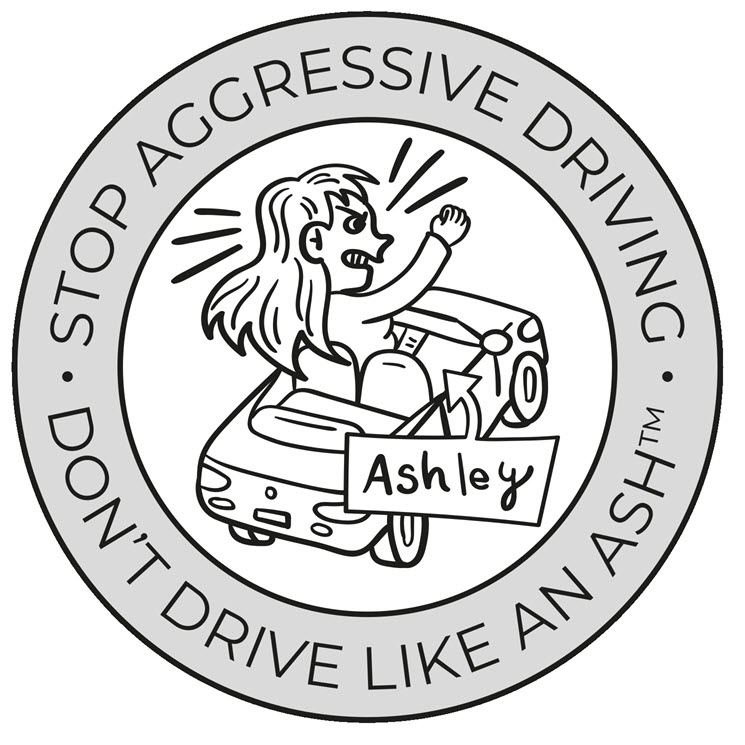Don’t Drive Like This will have a booth at the American Driver and Traffic Safety Association (ADTSEA) Annual Conference in Billings, Montana from July 20-23, 2025. We’ll be discussing how to stop aggressive driving with humor, story-rich illustrations, and discussion prompts. Hope to see you there!
The “gift” for you in this blog post that I’d like to discuss here, in Montana, or on the phone or via Zoom: Current messaging approaches to get drivers, new and experienced, to engage with anti-aggression, distraction, and impairment materials.
Types of formal messaging approaches
Here is my perspective on the five general approaches typically used in messages across traditional and digital print, audio, and video
- Direct Imperatives – Example: Don’t Drink and Drive!
- Emotional Tugs – Example: Show the loss of a loved one
- Financial implications – Example: You’ll need a lawyer! You’ll pay fines!
- Shock and awe – Example: Gross or scary post-accident or hospitalization photos
- Play on words – Example: Think and Drive!

Each of these categories of outreach, and I am sure we can define more, are essential to address different kinds of learners, listeners, and viewers.
A method that I think can add to or blend with each of these approaches are humor and complex visuals that tell a story.
Complex, story-telling visuals
Some visuals are direct and have one or two meanings. Perhaps a direct one, perhaps an ironic one. But these visuals, and they are hard to create, focus like a laser on one theme and ask the viewers to consciously or unconsciously build a memory or association. (Look at the seat belt in the New Hampshire logo. Also, kind of ironic as New Hampshire doesn’t have an adult seat belt requirement! But that’s a side issue.)
In the Don’t Drive Like This illustrations, we intentionally made most of them dense (the real world has dense visual inputs that drivers need to parse quickly). We attempted to enable readers and discussion groups to see the obvious “story” of the illustration, but also have some non-obvious details to uncover. Just as important, the implied details not shown are essential for readers to infer based on their own experiences. Check out the project for examples.
Humor
Humor comes in a variety of forms. Many studies show that humor lights up parts of the brain that help gain attention, promote memory and retention, and build empathy. Done poorly, it can do the first two things for the wrong reasons, and build antipathy or disgust. Wield the powerful humor weapon carefully!
Driver education materials need variety of approaches
All good driver education materials and teaching approaches should use each of these formal approaches, and, I think, build humor in often, as we are all people and most react to that kind of engagement. And for those who don’t, the more staid approaches and materials are certainly there for all to use.
Don’t be afraid to try a number of messaging approaches with students. Aggressive driving is something that new drivers, especially those acclimated with anger as a coping tool, may not find particularly dangerous. But we know that aggression and anger cause collisions, pain, and worse. Let’s try to break through and engage and boost retention and application of our message with all of our tools. Especially humor 🙂

Leave a Reply